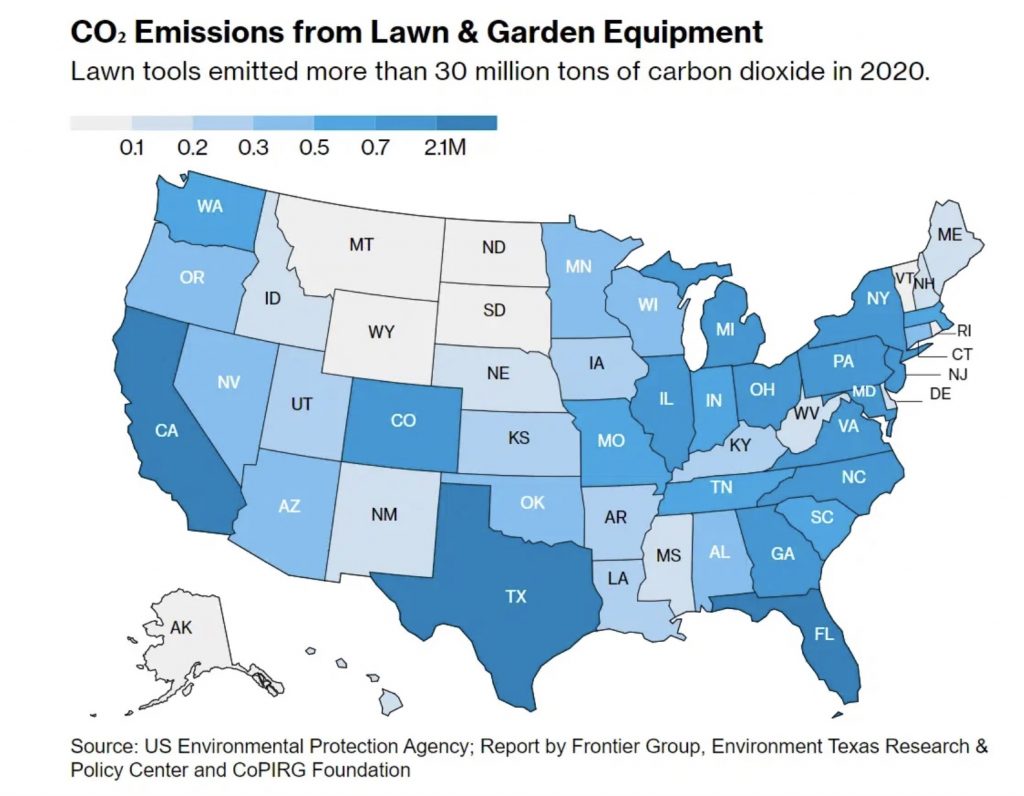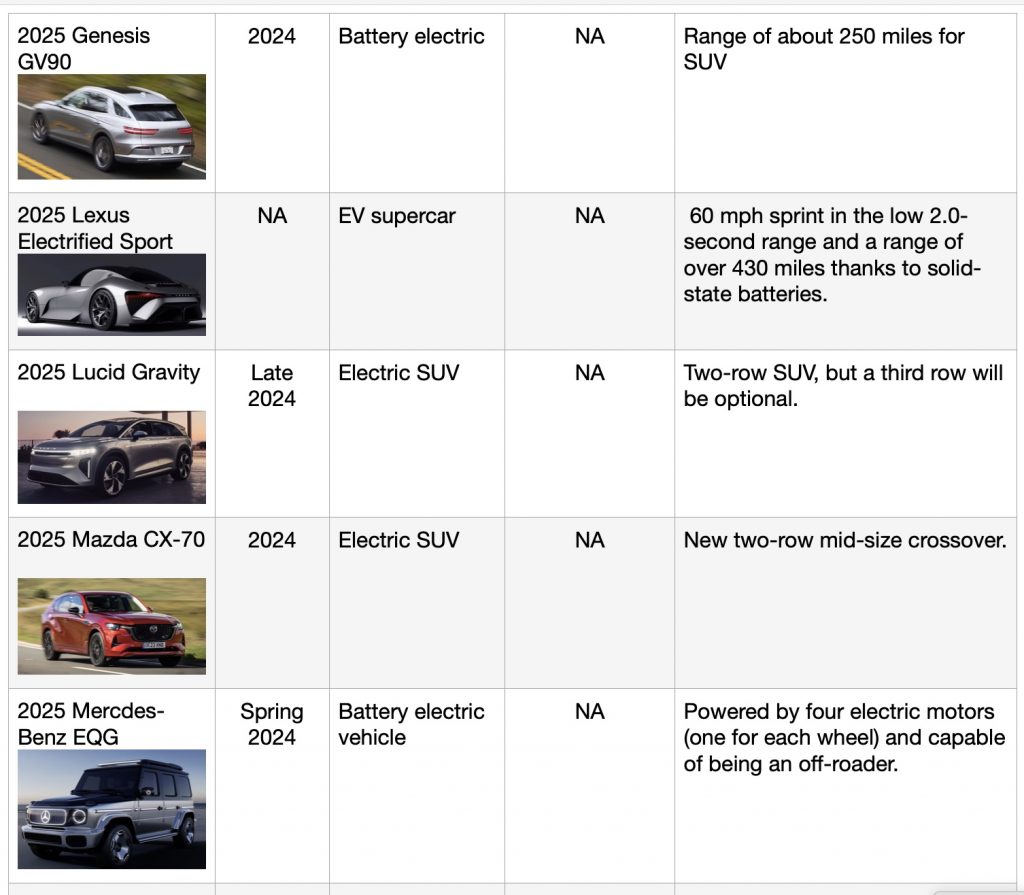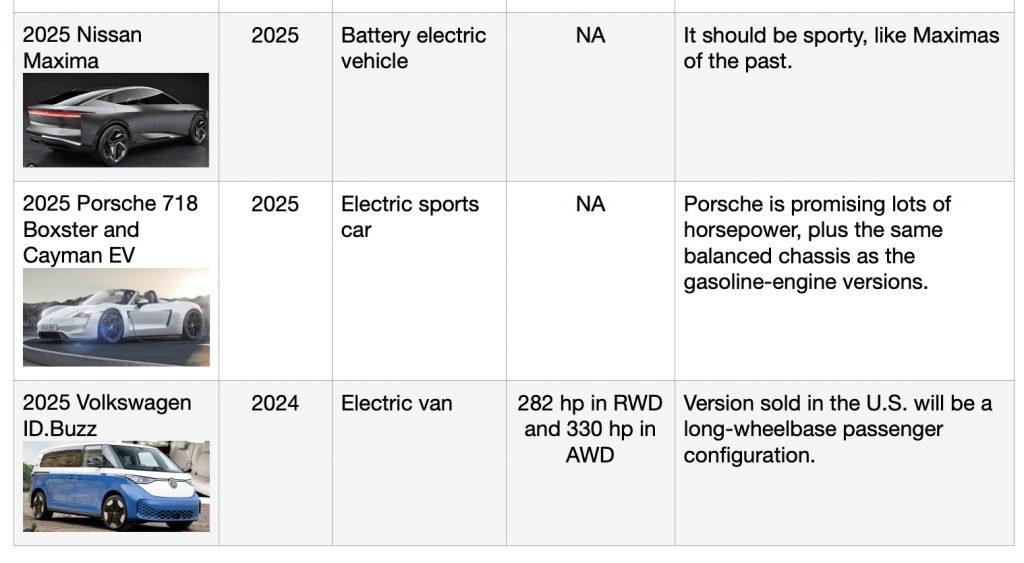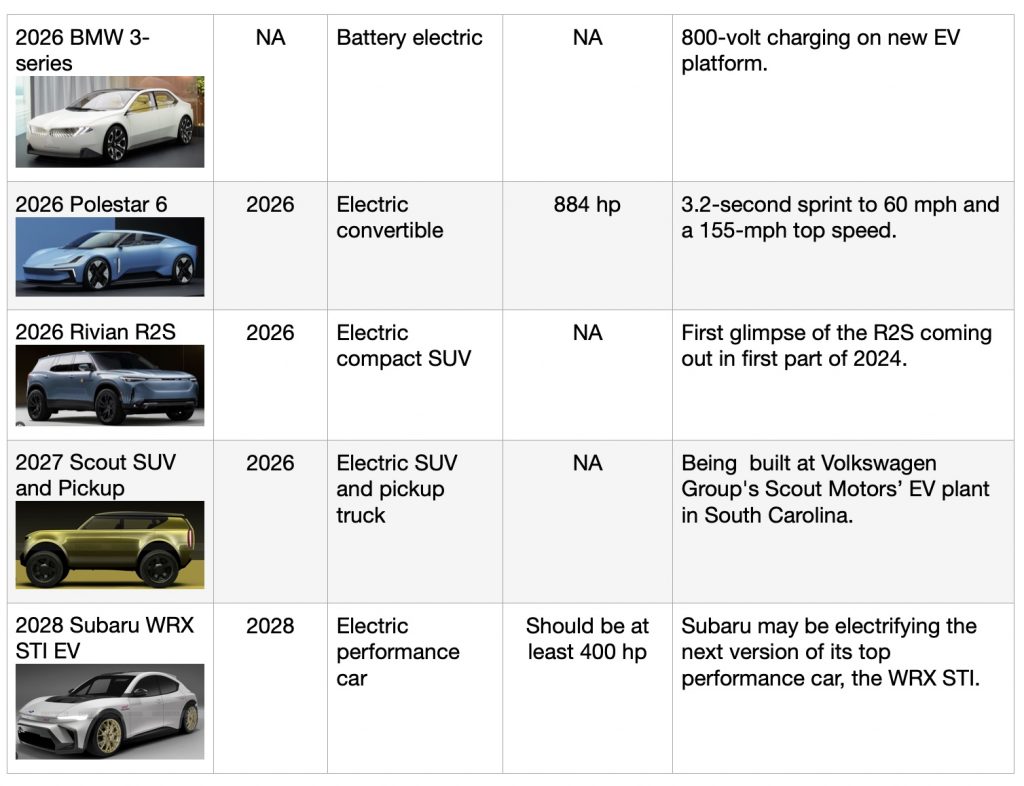
Sometime around 2012, I interviewed a small business startup owner at AltCar Expo in Santa Monica, Calif. He was promoting his electric leaf blower and spoke eloquently about why we need to switch over to electric lawnmowers, hedge trimmers, and leaf blowers. The noise is one reason, but the air pollution and greenhouse gas emissions was an even more serious reason, he said.
That topic has come up several times over the past year-and-a-half at a morning tai chi class I go to in Manhattan Beach. We had to move away from a park in Hermosa Beach because a lawn-care team would be there to mow lawns, run edgers, weed whackers and leaf blowers every time we showed up for class. The putrid smell and loud, obnoxious noise became too much — so we opted to move to another park.
“Wouldn’t it be great if the state banned gas-powered lawnmowers and leaf blowers and only allowed electric?” I would put out to the group. “Remind me to contact my assembly member and suggest that a bill be introduced.”
I just found out there’s no need to take that action. On January 1, 2024, California became the first state to ban the sale of new gasoline-powered lawn mowers and other lawn-care tools. That covers small off-road engines (SOREs), spark-ignition engines powered by gasoline and rated or at below 25 hp (19kW).
California’s green lawn care law covers all lawn care and gardening equipment manufactured after Dec. 31, 2023, that use SOREs. The list includes: lawn mowers, riding mowers, string trimmers, edgers, hedge trimmers, leaf blowers, and log splitters. That one started January 1, and it sets zero-emission standards for outdoor equipment except generators and large pressure washers. Phase two will take effect in 2028 and includes generators and large washers.
While most Californians want the loud noise to go away, the main focus in the state has been reducing emissions from lawn-care equipment that is more polluting than all the cars in the state combined. That policy was adopted as debate goes on all over the country over getting rid of gas-powered equipment including gas stoves. This issue has faced opposition from some Republican elected officials, gas companies, and others who say the restrictions reduce consumer choice.
In California, it came from Assembly Bill 1346 in 2021, authored by Assemblymember Marc Berman (D-Menlo Park). It required California Air Resources Board, by July 1, 2022, to be consistent with federal law, and to adopt cost-effective and technologically feasible regulations to prohibit engine exhaust and evaporative emissions from new small off-road engines, as defined by CARB. Such regulations had to apply to engines produced on or after January 1, 2024, or as soon as CARB determined if its feasible, whichever was later. CARB ruled it would start at the first of this year.
It ties into California’s ambitious plan to reach carbon neutrality by 2045 — and that the negative impact of gas-powered lawn care equipment has to be taken seriously. CARB reported that one hour use of a gas-powered lawn mower releases as much pollution as a Toyota Camry does over 300 miles. And as you can see on the map graphic at the beginning of this article, the U.S. Environmental Protection Agency reported that lawn tools emitted more than 30 million tons of carbon dioxide in this country during 2020. California, Texas, and Florida, had the highest levels of CO2 emissions from lawn and garden equipment in the U.S. during that time — another good reason for the state of California to enact this law.
And in other news……….
Autopilot safety: Tesla just reported that the number of collisions for drivers using its Autopilot semi-autonomous features was similar to 2022. The quarterly report said that for the results were 21% worse in Q1 versus that quarter in 2022, 21% better in Q2, 6% worse in Q3 and 11% better in the fourth quarter. It’s not entirely clear if the the safety factor has been been improved or is staying the same. Tesla vehicles not using Autopilot are reporting more accidents than those vehicles equipped with it, the company said. Last month, Tesla recalled more than two million vehicles to fix a function that makes sure drivers are paying attention when they use Autopilot. That followed a two-year investigation by the National Highway Traffic Safety Administration into a series of crashes that happened while the Autopilot was in use, with some of them being fatal. NHTSA found that Tesla’s method of ensuring that drivers are paying attention can be inadequate and needs improvement.
EV infrastructure jobs: You can now download a report on the International Council on Clean Transportation website called, Charging Up America: The Growth of United States Electric Vehicle Charging Infrastructure Jobs. It explores how much it will need to change to expand light-duty vehicle (LDV) and medium- and heavy-duty vehicle (MHDV) charging infrastructure to meet annual charging needs through 2032. That’s being driven by growth in the electric vehicle fleet coming through newly proposed federal standards. That will mean the hiring, training, and development of skilled workers to carry out the necessary infrastructure expansion.
Mississippi battery cell production: Three partners have chosen Marshall County, Miss., as the future site of an advanced battery cell manufacturing site for their planned joint venture. Accelera by Cummins, the zero-emissions business segment of Cummins Inc.; Daimler Trucks & Buses US Holding LLC; and PACCAR, another major truck manufacturer, started all of it in September 2023 by forging the joint venture. They will be localizing battery cell production to create about 2,000 U.S. manufacturing jobs, with the option to expand it even more as demand grows. The 21-gigawatt hour (GWh) factory is expected to begin producing battery cells in 2027.
JonLeSage.com: I just completed a master’s degree program at Missouri School of Journalism in strategic communication. One of my homework assignments in December for my final course was to create a website promoting myself and my work. Part of that assignment was boiling it all down: What do I do? I’d also completed my research project last month, GenZ Journalism Majors on Discerning Valid, Legitimate News. Over the years, I’ve been fascinated with, and occasionally obsessed with, researching topics that jump out at me. One of the sections of my new website, Hot to Not Lie With Statistics, gives homage to one of my favorite books, How to Lie with Statistics. That has to do with my love for research and investigation and putting it into words and numbers. I’ve had growing concerns about how important it is for all of us to tap into fundamental research methods — making it our own. We Americans live in a country known for iconic figures such as P.T. Barnum, William ¨Boss¨ Tweed, Henry Ford, Madison Avenue, Hollywood, Jim Jones, Ted Bundy, Steve Jobs, Facebook, and Elon Musk. We have some of the best marketing, entertainment, political campaigns, technology innovations, and charismatic, adventurous leaders with famous and occasionally tragic lives. But how do we determine accuracy, validity, and meaning for our own lives? Bringing it home…… Are you concerned about the cleanliness of clean energy? Then start with your research question, such as: What’s the state of clean energy in America? My career has been a mix of market research and business journalism, and its always been there in my jobs — such as tracking market indicators in industry segments or digging into what consumers and business decision makers think about electric vehicles and charging, and many other topics and interests. Visiting my website, jonlesage.com, will give you a look at how this is all coming together for me.





